How Do Parachutes Work? Understanding the Mechanics & Parts of Parachutes
General
 Posted by: Curtis White
5 months ago
Posted by: Curtis White
5 months ago
How does a parachute work? The engineering feats allowing a parachute to soar the skies are far more simple than you may think!
There’s a peace of mind that comes from understanding the parts of a parachute and how parachutes work. And answering the question, “What is the science behind a parachute?” helps to create this peace. People who skydive over and over again don’t do so out of thrill-seeking ignorance, but a desire to live their life to the fullest – and having assurance in their gear allows them to do so confidently.
Let’s get into the inner workings of the personal wings that give us the freedom of human flight – PARACHUTES!
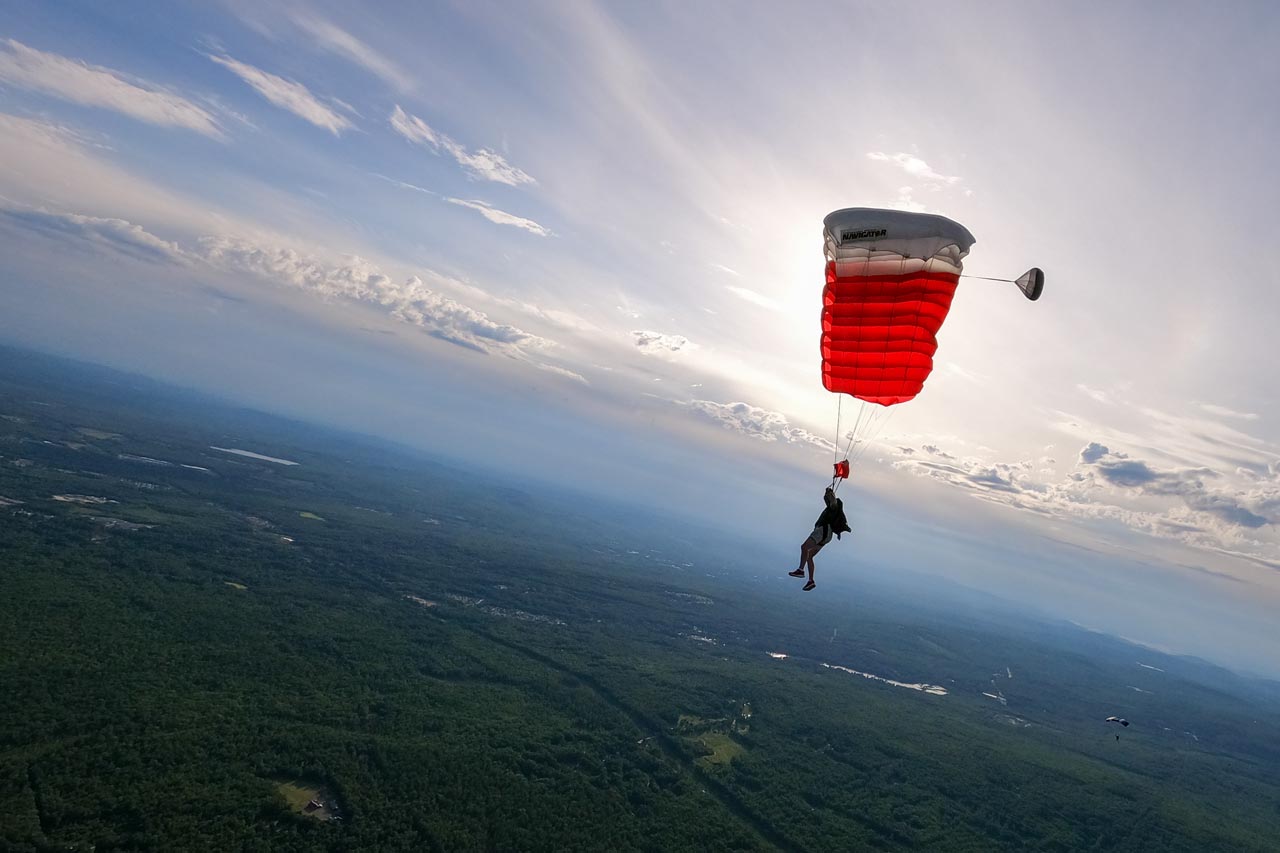
Parts Of A Parachute And How They Work
The parts of a parachute all work reliably together to create something pretty neat:
Pilot Chute
Parachutes open when they’re filled with air, but before they can reach this stage, they have to come out of the container (which houses the main and reserve parachutes) that the skydiver is wearing. What causes a parachute to open? A pilot chute – the skydiver throws a mini parachute with a hacky ball on the end when they’re ready to deploy their parachute at the end of their freefall. When thrown, the pilot chute catches air and the deployment bag holding the canopy inside the container is pulled out.
Canopy
The canopy is the parachute! This large piece of nylon fabric comes in multiple sizes (there’s one for everyone!), and is designed to open and stabilize above the jumper’s head – allowing them to fly around and eventually land. How does a parachute stop you from falling really, really fast? There are lots of components all working in harmony:
- The nose is the leading edge (front) of the canopy.
- The tail is the trailing edge (back) of the canopy.
- Cells cover the entire area of the canopy – most canopies have seven or nine cells, which are like big pockets that inflate. Cells run front to back and fill with air, allowing the canopy to hold a sturdy shape and be controllable. What makes parachutes fall slowly? Let’s say it together: cells!
- Ribs are the internal supports running between the cells of the canopy – they keep all the cells separate.
- Cross ports are intentionally made holes in the ribs. When the air enters the nose of the canopy and blasts into the cells in the center of the canopy, the cross ports can distribute air quickly to all the cells.
- *To visualize the components of a parachute, think about a sheet pan of dinner rolls; the fluffy rolls are the cells, and the lower, perforated sections are the ribs of the canopy.
Slider
A slider is a small, square piece of fabric used to slow the deployment of the canopy – this (along with some good packing skills) is what prevents an opening from being too aggressive! When the canopy leaves the deployment bag, the slider is the very first thing to catch air, just before the center cells.
Risers
Parachute systems have two front risers and two rear risers. The rear risers house the steering toggles and are attached to the brake lines, which allow skydivers to steer and slow down the canopy’s flight at landing time! Risers are secured to the harness via the 3-ring system.
- What is the 3-ring system? Invented by Bill Booth (LEGEND!) the 3-ring system allows a skydiver to release their main canopy from their harness in the event of an emergency.
Lines
The lines attached the canopy to the skydiver. Lines are fastened to the risers, which attach to the harness. Lines are looked over every time a parachute is packed to ensure they’re in good health for the next jump.
Harness
The harness is what the skydiver wears! The harness keeps the container secured to the skydiver.
Are All Parachutes The Same?
Not exactly! Today, civilians jump RAM-air, square parachutes (which are actually rectangular). In the beginning of parachuting, people were jumping round canopies – these were less maneuverable and put jumpers more at the mercy of the wind.
Although most people jump square canopies these days, there are still stark differences in size, the shape or trim, and the purpose between them. For example, some modern-day canopies are designed for docile flight (like tandem parachutes), while others are designed for high-performance swooping or Canopy Relative Work (CRW).
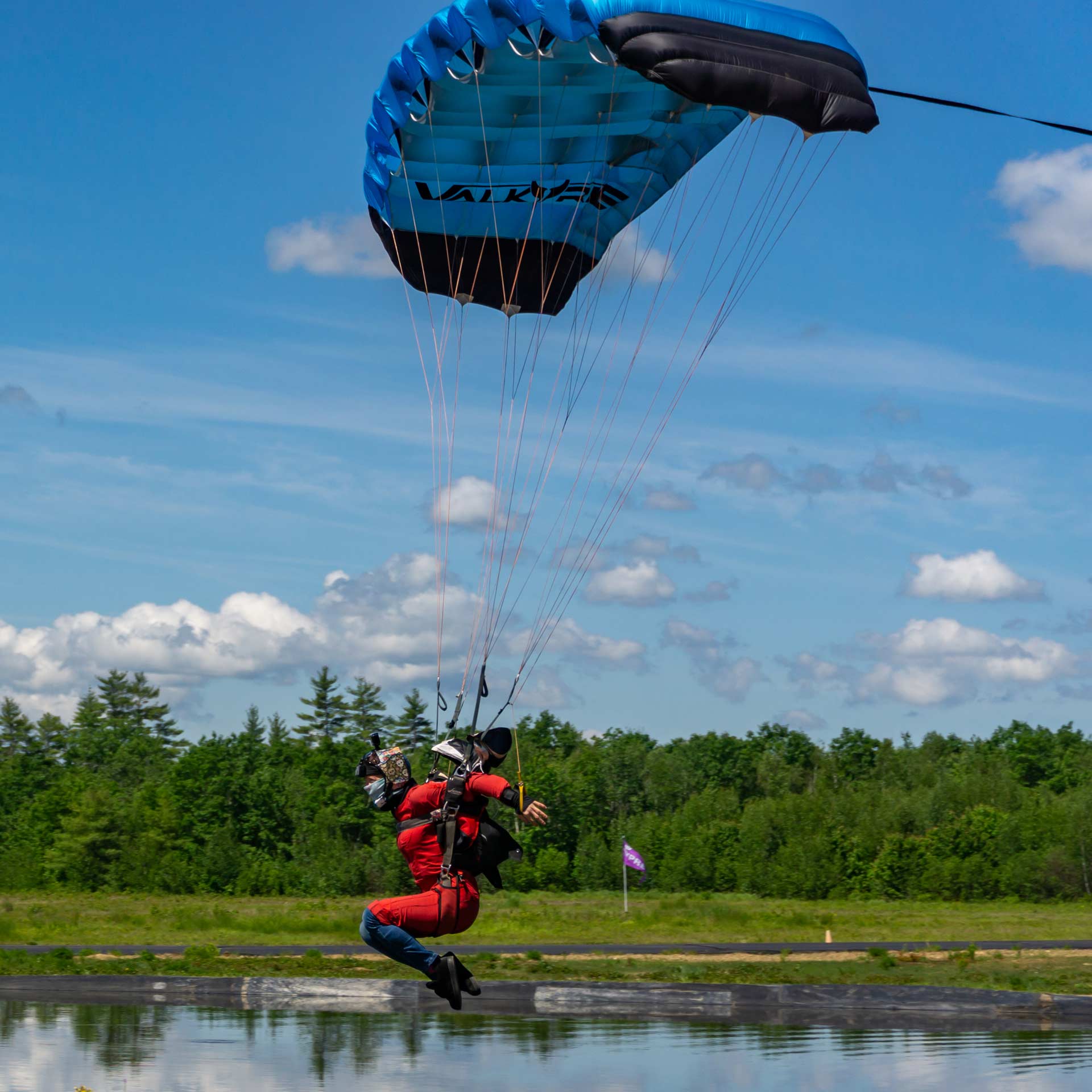
How does a static line parachute work?
A static line is a lanyard attached to two points: the aircraft and the pilot chute (AKA – the plane and the jumper). When the jumper exits the aircraft, the static line becomes taut and “pulls” the pilot chute, which initiates parachute deployment. Static lines are commonly used in military operations.
A static line jump is different in one primary aspect: the skydiver doesn’t deploy their parachute, someone or something else initiates its deployment. The parachutes themselves are not different, though.
Opening To Landing: Parachutes Are The GOAT
What about the environment – how does it affect the performance of a parachute? There’s weather we can’t jump in and sometimes the wind is just too much, but the way parachutes are designed now allows us to cut through the wind and take on a little turbulence – they’re like our own, personal aircraft. That’s why skydivers are also called canopy pilots!
Now that you have some basic parachute knowledge under your belt, it’s time to sail across the stunning New England sky with us! Book your jump today!
Categories:
You May Be Interested In:

How Much Does Skydiving Cost? Pricing Breakdown & What to Expect
5 days ago by Curtis White

The Skydiving Adrenaline Rush: A Thrill Like No Other!
1 month ago by Curtis White

What Is Static Line Skydiving? Your Guide to Static Line Jumps
2 months ago by Laura Morris
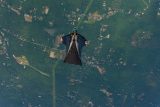
How to Get into Wingsuiting: Your Guide to Wingsuit Flying
3 months ago by Curtis White
Enter to Win a Free Skydive
Join our email list and enter to win a free tandem skydive. Drawings in April and December; winner announced on social media.
You’ll get a $10 coupon toward a tandem just for signing up! Must be 18 and under 240 lbs to jump.
*By submitting this form, you are consenting to receive marketing emails from Skydive New England, 40 Skydive Lane, Lebanon, Maine 04027. You can revoke your consent by using the SafeUnsubscribe link located at the bottom of every email. Emails are serviced by Constant Contact.
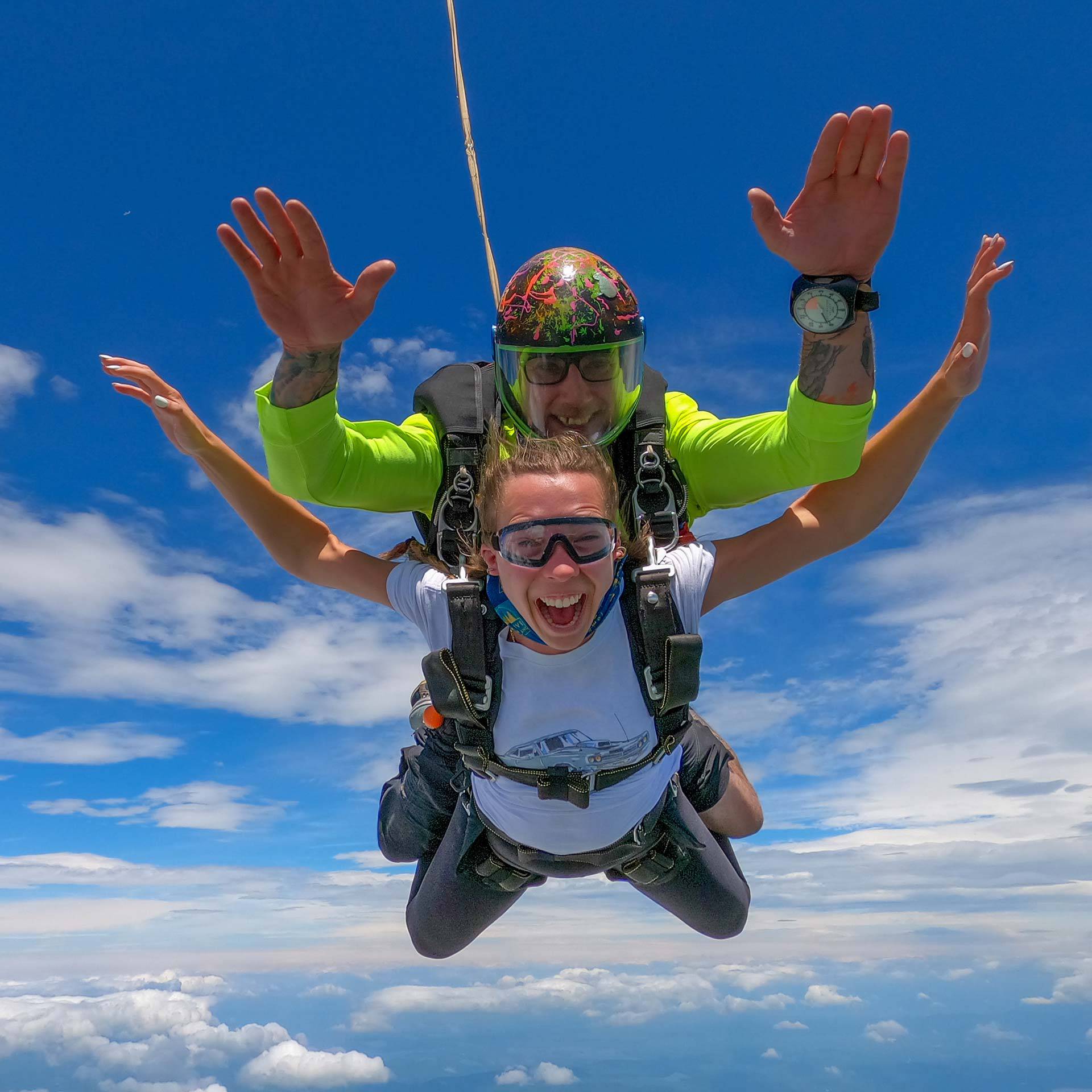
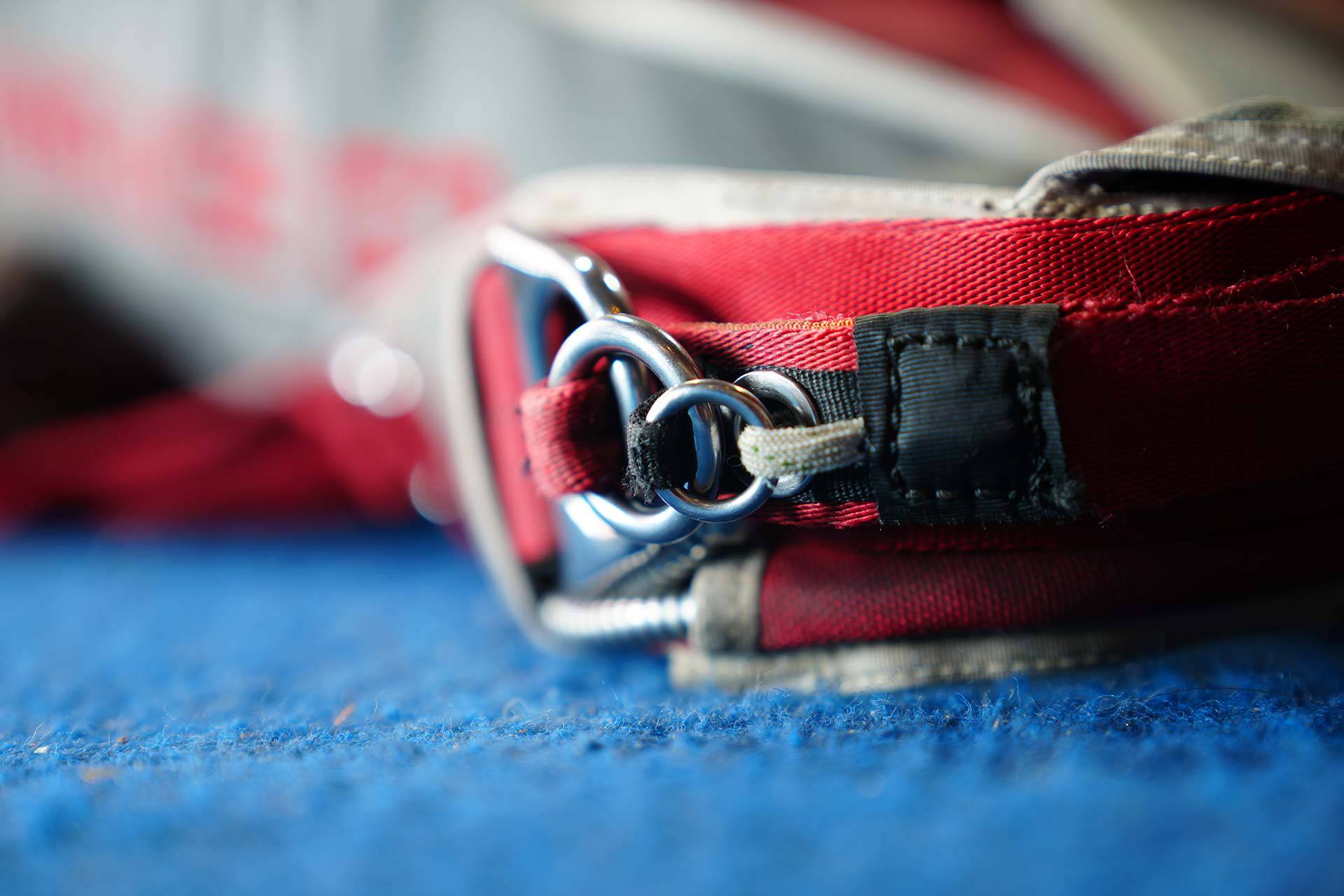
Even More Wicked-Fun Than It Looks!
Come see why the biggest DZ in New England is also the best.
